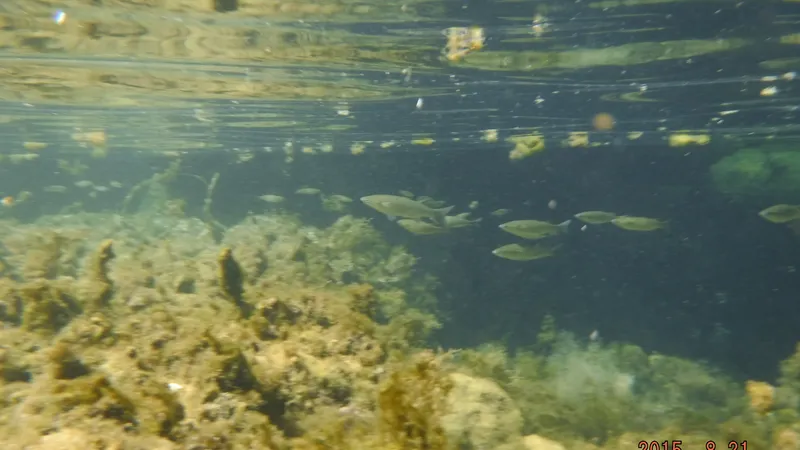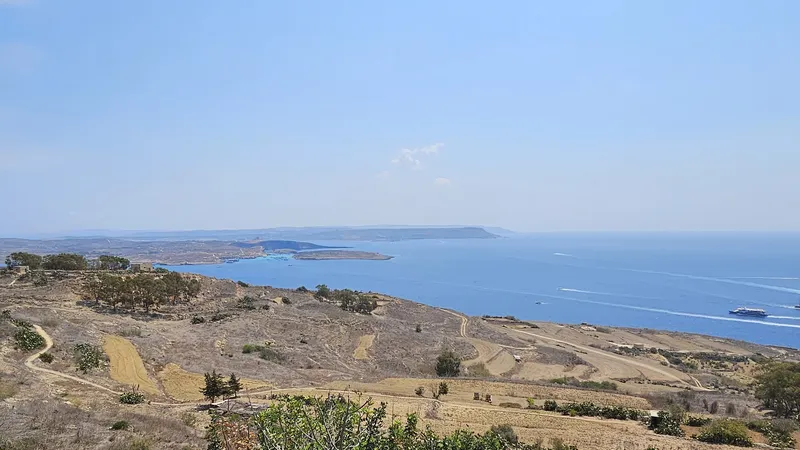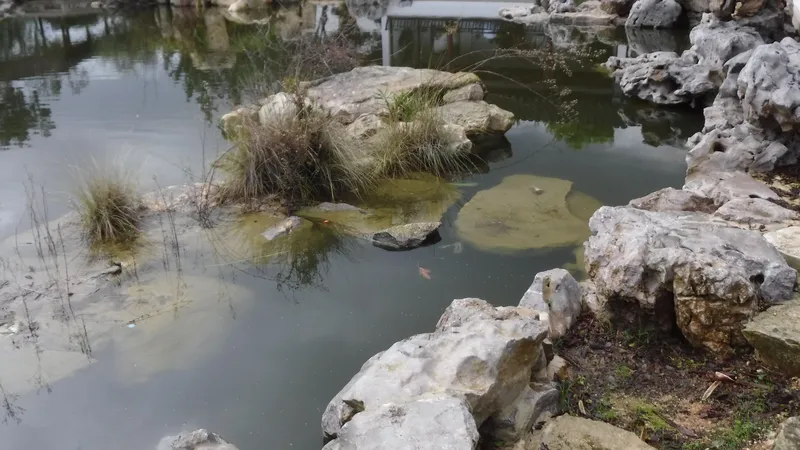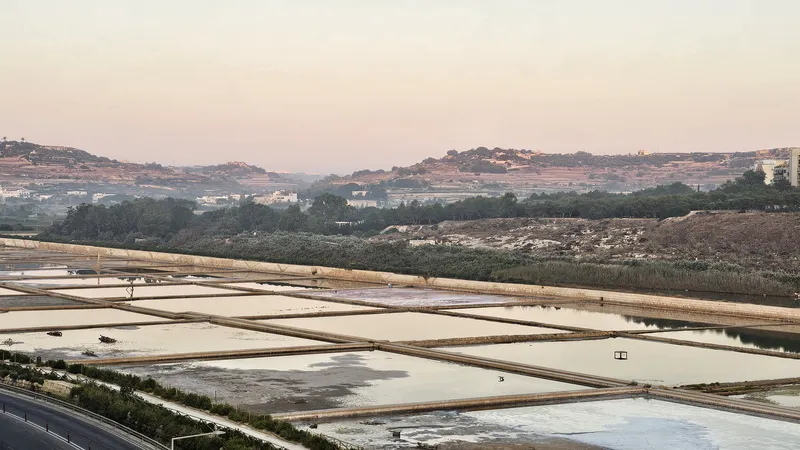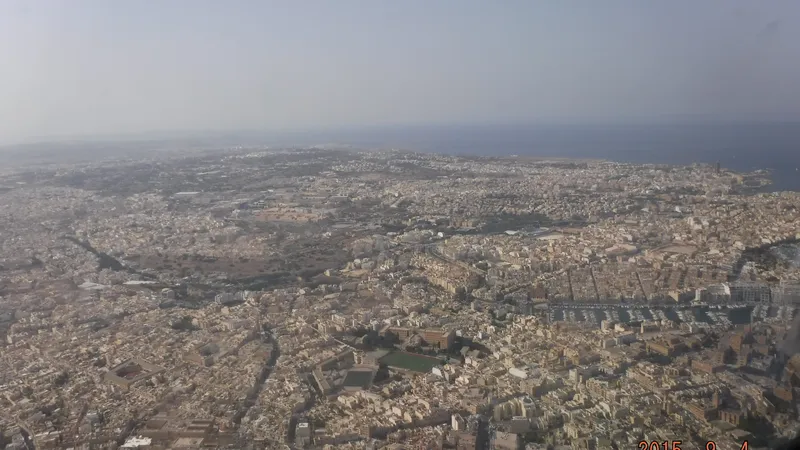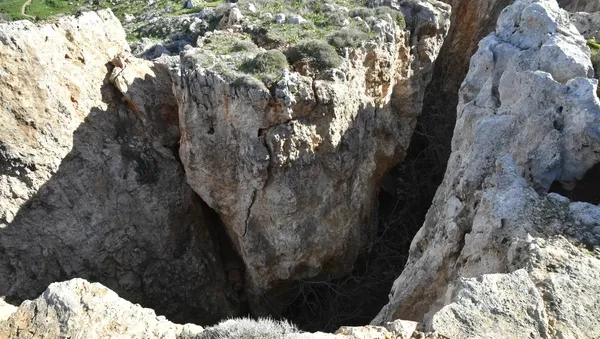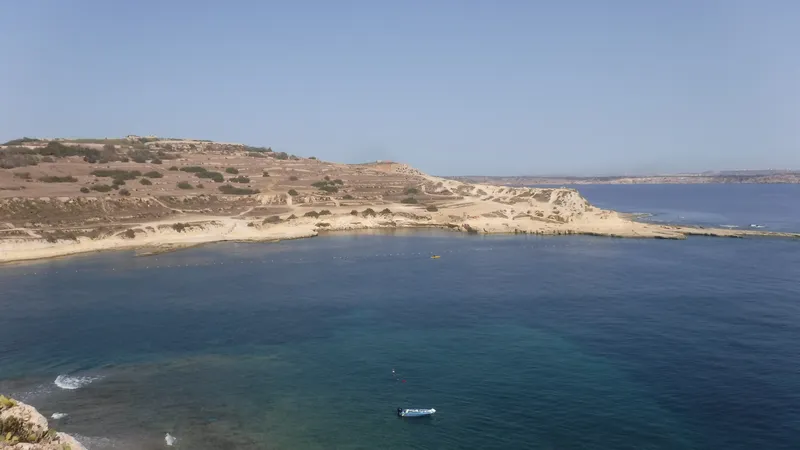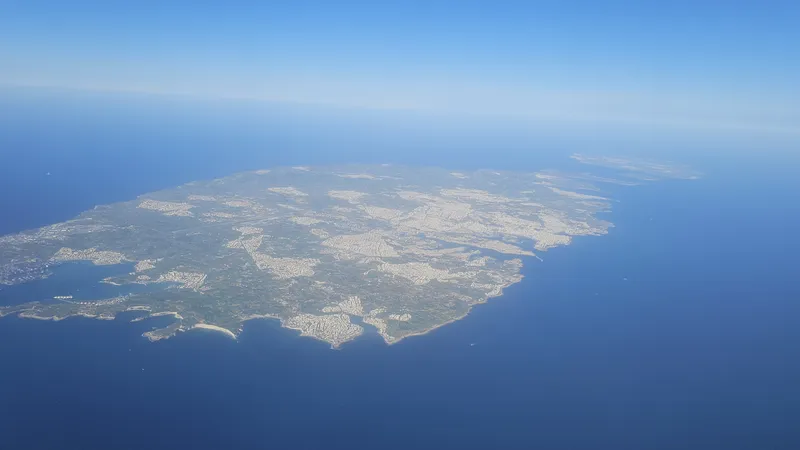Hill Environment
Geological Formation and Characteristics
Ecological and Environmental Significance
Agricultural Use and Human Impact
Cultural and Scenic Value
Conservation and Sustainable Management
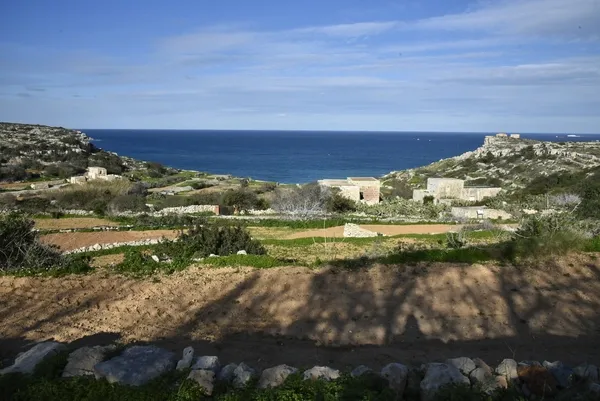
Hilly terrain of Gozo. Copyright © 2025 Stephen Yardley
The hill environment of the Maltese Islands, though often overlooked due to its modest height, is a vital component of the archipelago’s natural and cultural heritage. It shapes biodiversity, supports sustainable agriculture, protects against erosion, and enriches the scenic value of the islands. As Malta continues to develop, it is essential that these landscapes are preserved and managed responsibly, ensuring that the hill environment remains a resilient and valuable resource for both present and future generations.
Environments
Indepth reading, follow the links:
The hill environment of the Maltese Islands is characterized by a landscape of low hills, ridges, and terraced slopes formed primarily from limestone bedrock. These elevations, while modest in height, play an important role in shaping the islands’ topography, influencing drainage patterns, microclimates, and land use.
Hills are often covered with garigue and steppe vegetation and are used for agriculture through terracing techniques. They also support diverse flora and fauna and offer scenic and ecological value. However, urban expansion, quarrying, and erosion threaten their stability and natural beauty. Conservation and sustainable land management are essential to preserving the hill environments as part of Malta’s cultural and environmental heritage.
The Maltese Islands, though small in size, possess a distinct hill environment that plays an important role in shaping the islands’ natural character, biodiversity, agriculture, and cultural landscape. Comprising a series of low hills, ridges, and valleys, this terrain is not mountainous by international standards but is significant in the local context due to its influence on land use, water management, and ecological diversity.
Geological Formation and Characteristics
The hill environment in Malta is primarily the result of tectonic uplift and erosion over millions of years, acting on the islands' limestone-based geology. The landscape consists of five major layers of sedimentary rock: Lower Coralline Limestone, Globigerina Limestone, Blue Clay, Greensand, and Upper Coralline Limestone. The alternation between hard and soft rock layers has led to the formation of flat-topped hills, steep slopes, and terraced escarpments, especially in western and central Malta and large parts of Gozo.
Prominent hilly regions include:
- Dingli Cliffs and the western plateau – with some of the highest elevations on the islands
- The Victoria Lines Ridge – a natural geographic divide across central Malta
- Ta’ Ċenċ Cliffs in Gozo – hosting unique habitats and archaeological features
These hills are typically not high (Malta’s highest point, Ta’ Dmejrek, reaches just over 250 meters above sea level), but they create dramatic coastal and inland landscapes and define local microclimates and habitats.
Ecological and Environmental Significance
The hill environment supports a variety of Mediterranean ecosystems, particularly:
- Garigue – low, hardy vegetation found on exposed rocky hilltops
- Steppe – semi-natural grasslands found on sloped or terraced areas
- Maquis and woodland remnants in sheltered valleys and lower hill slopes
These habitats provide refuge for native and endemic species, including rare orchids, lizards, and insects. Hill environments also act as ecological corridors, helping species move between fragmented habitats.
Additionally, hills influence water runoff and erosion patterns. Where slopes are not managed properly, heavy rainfall can lead to soil loss. However, in many areas, traditional terracing and rubble walls (ħitan tas-sejjieħ) help reduce erosion, conserve soil, and manage water more sustainably.
Agricultural Use and Human Impact
The hill environment has long been adapted for agricultural purposes. Farmers developed stone terraces to cultivate crops on slopes, particularly in areas with deeper soil deposits. These terraces also prevent topsoil erosion and improve water retention. Olive groves, vineyards, carob trees, and cereal crops are common in such settings.
However, in recent decades, the hill environment has come under threat from:
- Urban sprawl and construction, particularly on hill slopes for scenic residential developments
- Quarrying of limestone, which scars the landscape and destroys natural habitats
- Neglect of traditional terracing, leading to soil erosion and land degradation
- Tourism infrastructure, which often targets scenic hilltop and cliff-side areas
These pressures reduce the ecological and cultural value of the hill environment and can lead to long-term environmental degradation if not properly managed.
Cultural and Scenic Value
The hills of Malta and Gozo are not just ecological assets; they are also central to the islands’ scenic beauty and cultural heritage. Many of Malta’s prehistoric sites, such as Mnajdra, Ġgantija, and Ta’ Ħaġrat, are located on or near hills. Rural chapels, farmsteads, and traditional pathways further connect the human story to the topography.
Hilly areas also offer spectacular views of the sea and countryside, making them popular for walking, hiking, and ecotourism. Cliffs and escarpments, such as those at Dingli and Ta’ Ċenċ, are some of the most iconic natural landmarks in Malta and Gozo.
Conservation and Sustainable Management
To protect the hill environment, Malta has taken various steps, such as:
- Zoning and planning regulations to limit construction in sensitive areas
- Designation of protected areas like Natura 2000 sites
- Support for rural land management to preserve terracing and traditional practices
- Awareness campaigns promoting environmental stewardship among communities and developers
Despite these efforts, enforcement remains a challenge, and continued attention is needed to strike a balance between development, agriculture, and conservation.
